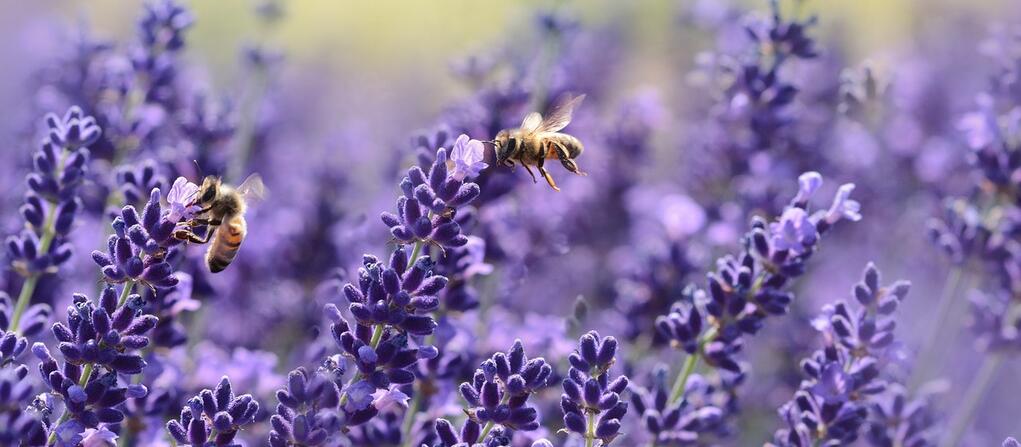
October 1, 2020
Biodiversity is more than simply the collection of plants and animals on earth; it is about local ecosystems and promoting healthy conditions for organisms to thrive. While protecting the rainforests sounds like a daunting task, there is a lot you can do to promote and preserve local biodiversity at home.
Support local farms.
Regularly buying from small local farmers at stands or markets helps to keep dollars in the local economy and supports agricultural efforts to conserve biodiversity. When at markets, it is important to know the lingo—’organic’ is ideal for you and for the planet, but farmers who practice ‘Integrated Pest Management’ can offer high quality products with nearly no chemical intervention. Community Supported Agriculture is another great way to eat in-season fresh, local food while also financially supporting local farmers.
Save the bees!
Bees are important to preserving biodiversity – and they are increasingly under attack from varroa mites. You can help save them by planting nectar-producing wildflowers in your backyard, or even building bee boxes for local bees to call home. When embarking on DIY home projects, be mindful about the products you use, as standard backyard pesticides can be harmful or deadly to bees.
Plant local flowers, fruits and vegetables.
Research the flora, fruits and veggies native to your area, and plant a variety in your backyard or a hanging garden. To aid in this effort, support local nurseries that specialize in native species. Nurseries can be great sources of information about plant maintenance and care. They should also be able to tell you where they source their plants from—the more local, the better. By supporting local wildlife, you’re helping to preserve the biodiversity of your area and support its local ecosystem.
Take shorter showers!
Biodiversity depends on the abundance of local fresh water. Taking five-minute showers and turning the water off while washing your hands, doing the dishes, or brushing your teeth are all easy ways to conserve water.
Respect local habitats.
Plants growing in the parks and nature preserves near you often play an important role in preserving the local ecosystem. When you’re outdoors, protect local biodiversity by sticking to the walking path or hiking trail. Help your children and pets to do the same!
Know the source!
Check the products you buy and the companies you support to ensure that your buying habits are not contributing to destruction of habitat elsewhere. Look for labels such as FSC (Forest Stewardship Council) or Rainforest Alliance Certified. Both organizations are committed not only to the conservation of the Earth’s resources, but also to advocating for the human rights of the native peoples who inhabit the land many products are sourced from.
Additional Resources